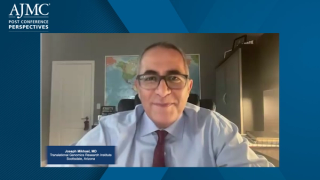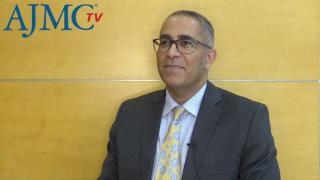
Multiple Myeloma
Latest News


Study Identifies Treatment Outcomes Impacting HRQOL in Multiple Myeloma

Ixazomib Shows PFS Benefit Across Age and Frailty Subgroups in Multiple Myeloma
Latest Videos

CME Content
More News

Idecabtagene vicleucel (ide-cel) led to significantly longer PFS and better therapy responses than standard regimens for patients with triple-class–exposed relapsed and refractory multiple myeloma.
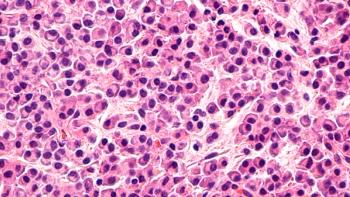
A recent study found that infection is a significant burden in patients with multiple myeloma who receive bispecific antibodies, and viral infections are the most common culprits.

There may be discrepancies in the types of information patients want and the information they receive when multiple myeloma treatment decisions are made, a recent study found.

Ajai Chari, MD, professor of medicine and director of clinical research in the Multiple Myeloma Program at Mount Sinai in New York, discusses a post-hoc analysis of data from the phase 2 GRIFFIN trial.

Researchers retrospectively analyzed data from patients who visited 2 myeloma centers between March and October 2020, before vaccines were widely available but during large-scale implementation of regular screening processes.
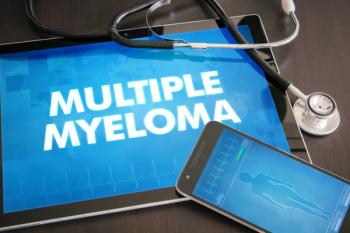
Incidences of certain second primary malignancies were associated with increased overall survival among patients with multiple myeloma in a retrospective analysis of real-world data.
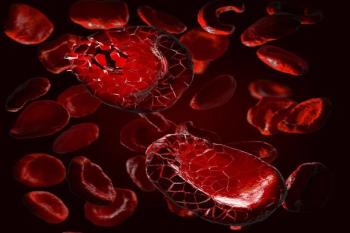
Idecabtagene vicleucel (ide-cel) reduced the risk of disease progression or death by 51% in patients with triple-class–exposed relapsed or refractory multiple myeloma (R/R MM).

Individuals with multiple myeloma were 51% more likely to have a stroke and 36% more likely to have a heart attack compared with the general patient population in a large real-world assessment of arterial thrombotic events among patients with multiple myeloma in the United States.

Throughout this study's 12-year period, the average annual percent change showed an uptrend for all groups in hospitalization for spinal cord compression (SCC), and this was higher for non-Hispanic Black patients vs Hispanic patients and non-Hispanic White patients.
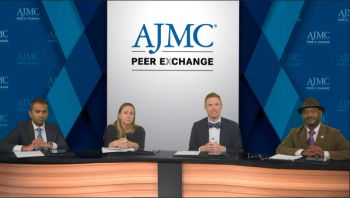
In the final discussion, expert panelists navigate treatment sequencing in MM treatment strategies.

Dr Nadeem provides community and clinical strategies to treat patients with MM.

The effects of physical activity and exercise have previously been reported, with data pointing to improvements in quality of life as well as such clinical markers as immune response in tumors

Although allogenic stem cell transplant is increasingly used to treat multiple myeloma (MM) and other hematological conditions, there have been mixed efficacy results in the context of MM.
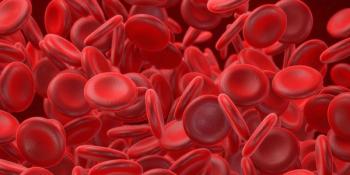
Having models like these that produce more plausible results are crucial for decision-making in an era of targeted treatments that often come with immature data, argued researchers of their findings for minimal residual disease (MRD) in newly diagnosed multiple myeloma (NDMM).

Dr Lipe shares disparities between academic and community practice settings for patients with MM.

Highlighted are updates in NCCN guidelines for frontline MM treatment strategies.
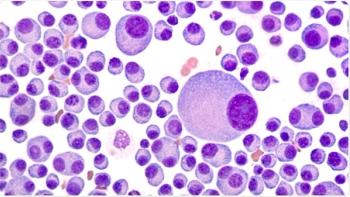
The analysis, which was presented during the 64th ASH Annual Meeting and Exposition, highlighted stringent complete response data for patients 65 years and older and those with high cytogenic risk.

An analysis presented during the 64th American Society of Hematology Annual Meeting and Exposition showed that patients with multiple myeloma were able to experience improved responses to the proteasome inhibitor ixazomib after switching from bortezomib.

Dr Haumschild leads a discussion regarding frontline MM treatment products as categorized by NCCN.

Raymond Thertulien, MD, PhD, highlights provider incentives for adherence to MM treatment pathways.
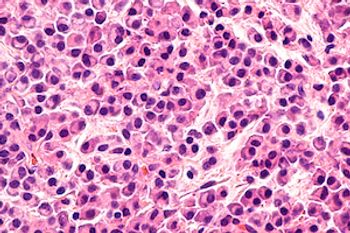
A recent study found that ixazomib was associated with better progression-free survival versus a placebo in multiple myeloma regardless of cytogenetic risk status.

Omar Nadeem, MD, shares perspective on the significance of collaborative care in the MM treatment landscape.

A panel of experts discuss the value of clinical pathways in MM disease management.

An interview with Joseph R. Mikhael, MD, MEd, on findings from a Quality Improvement initiative presented during the 64th American Society of Hematology Annual Meeting and Exposition in New Orleans, Louisiana. Mikhael is a professor in the Applied Cancer Research and Drug Discovery Division at the Translational Genomics Research Institute, an affiliate of City of Hope Cancer Center, in Phoenix, Arizona.

Daratumumab can be an effective frontline MM treatment option.




